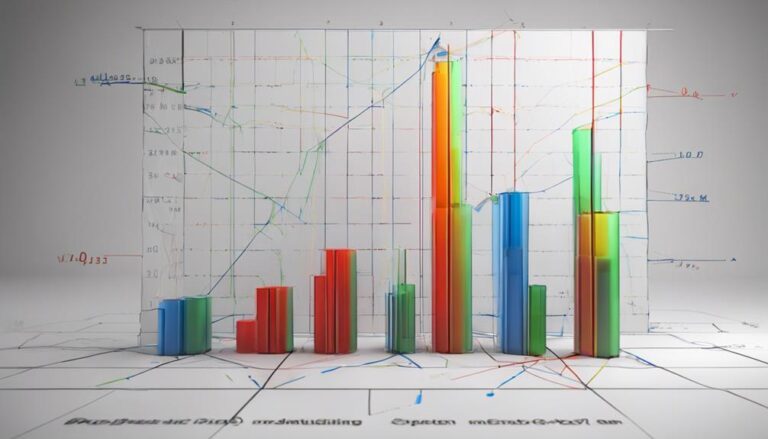Investing in bonds has been a preferred strategy for many of those who want a steady income stream with relatively lower risk as compared to equities such as direct stocks.
One of the most critical factors to consider when investing in bonds is the bond yield. But what exactly is bond yield, why does it matter, and how to invest in bonds in India? Let’s explore these questions in detail.
What is Bond Yield?
The simple bond yield meaning is, the return you will earn from a bond. It is usually expressed as an annual percentage. In simple terms, it’s the income you get from holding a bond relative to its current market price.
It helps investors understand the profitability of a bond investment and is one of the key measures to assess before purchasing a bond.
Why Bond Yield Matters
Bond yield is a fundamental concept that influences both the potential income and risk associated with the bond. Here are some reasons why bond yield matters:
- Income Prediction: Bond yields help you forecast the interest income or coupon payments you’ll receive during the life of the bond.
- Market Comparison: Investors often compare bond yields with other forms of investments like equities or bank fixed deposits. A higher bond yield may indicate a better return compared to other options.
- Risk Assessment: Bond yields also reflect the level of risk. Generally, bonds with higher yields might be riskier, especially if the issuer has a lower credit rating.
- Interest Rate Sensitivity: Bond yields fluctuate with changes in market interest rates. When interest rates rise, bond yields typically increase as well, and vice versa
How to Calculate Bond Yield
Calculating bond yield can vary depending on the type of yield you are looking at. Here’s how you can calculate some of the common bond yields:
1. Nominal Yield
The nominal yield is the simplest to calculate, as it’s the coupon rate stated by the bond issuer. For example, if a bond with a face value of ₹1,000 offers an annual coupon payment of ₹50, the nominal yield would be:
Nominal Yield = Coupon Payment / Face Value × 100 = ₹50 / ₹1,000 × 100 = 5%
2. Current Yield
Current yield takes the bond’s market price into account. If the market price of the bond is ₹900 and the annual coupon payment remains ₹50, the current yield would be:
Current Yield = Coupon Payment / Market Price × 100 = ₹50 / ₹900 × 100 = 5.56%
This calculation shows that even though the nominal yield is 5%, the bondholder’s effective yield increases when the bond’s market price falls below par.
3. Yield to Maturity (YTM)
YTM is more complex, as it accounts for the bond’s purchase price, par value, coupon payments, and the time to maturity. While calculating YTM involves a trial-and-error approach or using a financial calculator, the concept is simple: it gives a more accurate measure of the bond’s total return if held until maturity.
Here’s a simplified example of YTM. Suppose you buy a bond for ₹950 with a face value of ₹1,000, an annual coupon of ₹50, and 5 years to maturity. The YTM takes into account that you’ll receive the full ₹1,000 at the end of the bond’s term, plus the coupon payments each year.
Conclusion
Understanding bond yield meaning and how to calculate it is important before investing in bonds. Whether you are focused on generating income or protecting your portfolio from volatility, bond yields provide valuable insights into the potential risks and returns of a bond. By keeping an eye on yields and learning how they respond to market forces, investors can make better decisions that align with their financial goals.
Frequently Asked Questions
1. What is bond yield?
Bond yield is the return or interest earned by an investor on a bond. It’s expressed as a percentage of the bond’s face value and represents the income generated from holding the bond.
2. Why does bond yield matter to investors?
Bond yields are crucial because they provide insight into the potential income from a bond. Higher yields often indicate higher returns, but they can also signal higher risk. Yield movements also impact bond prices, with rising yields usually leading to falling bond prices, and vice versa.
3. How is bond yield calculated?
There are different methods to calculate bond yield, but one common approach is the current yield formula:
Current Yield = (Annual Interest Payment / Current Market Price of the Bond) × 100
This measures the bond’s annual interest income as a percentage of its current price.
4. What factors influence bond yields?
Several factors affect bond yields, including interest rates set by central banks, inflation expectations, the credit rating of the bond issuer, and overall market demand for bonds. Economic conditions also play a role in yield fluctuations.
5. How are bond prices and yields related?
Bond prices and yields have an inverse relationship. When bond prices rise, yields fall, and when bond prices fall, yields rise. This occurs because the fixed interest payments from bonds become more or less attractive depending on current interest rates in the market.



